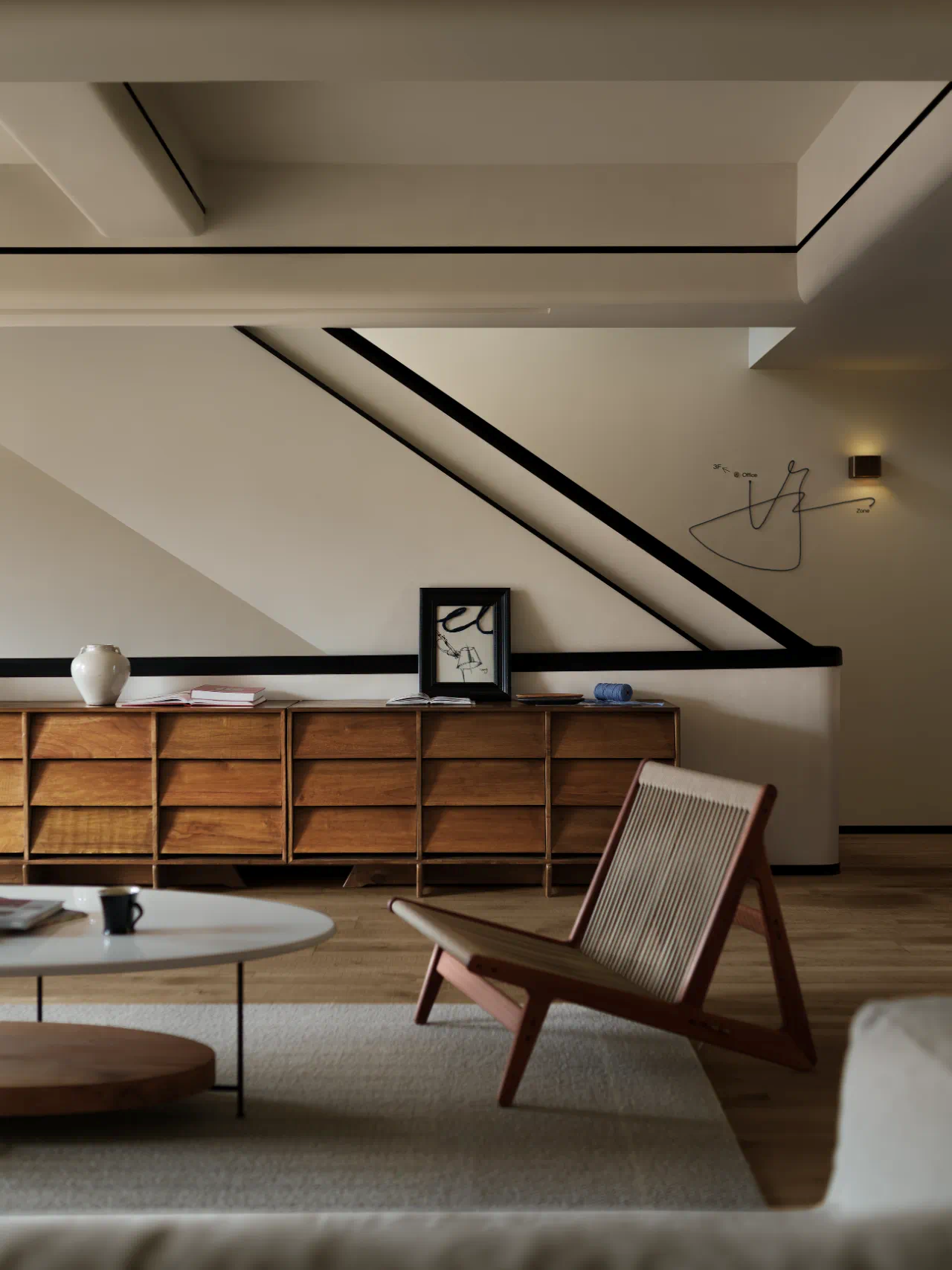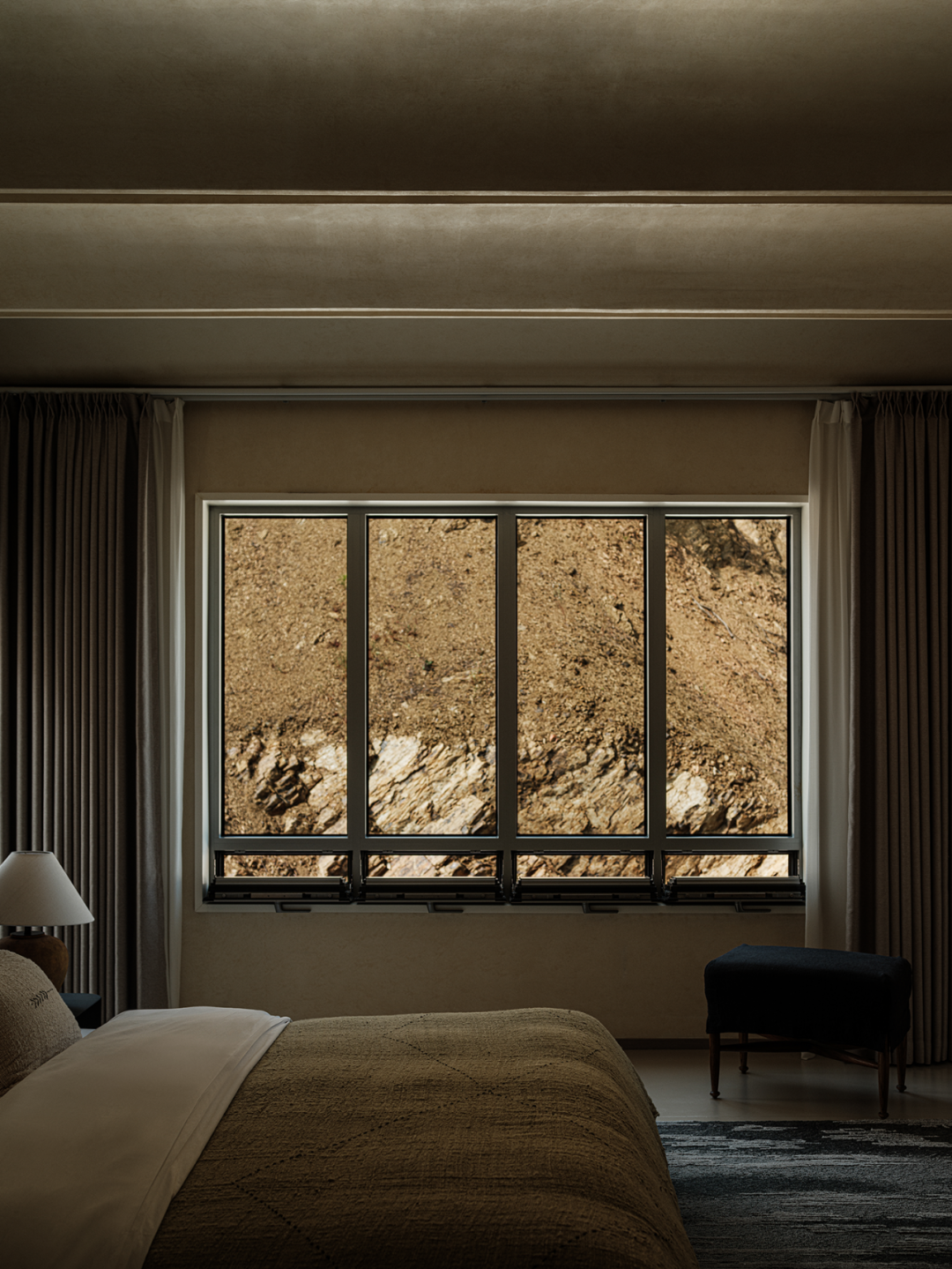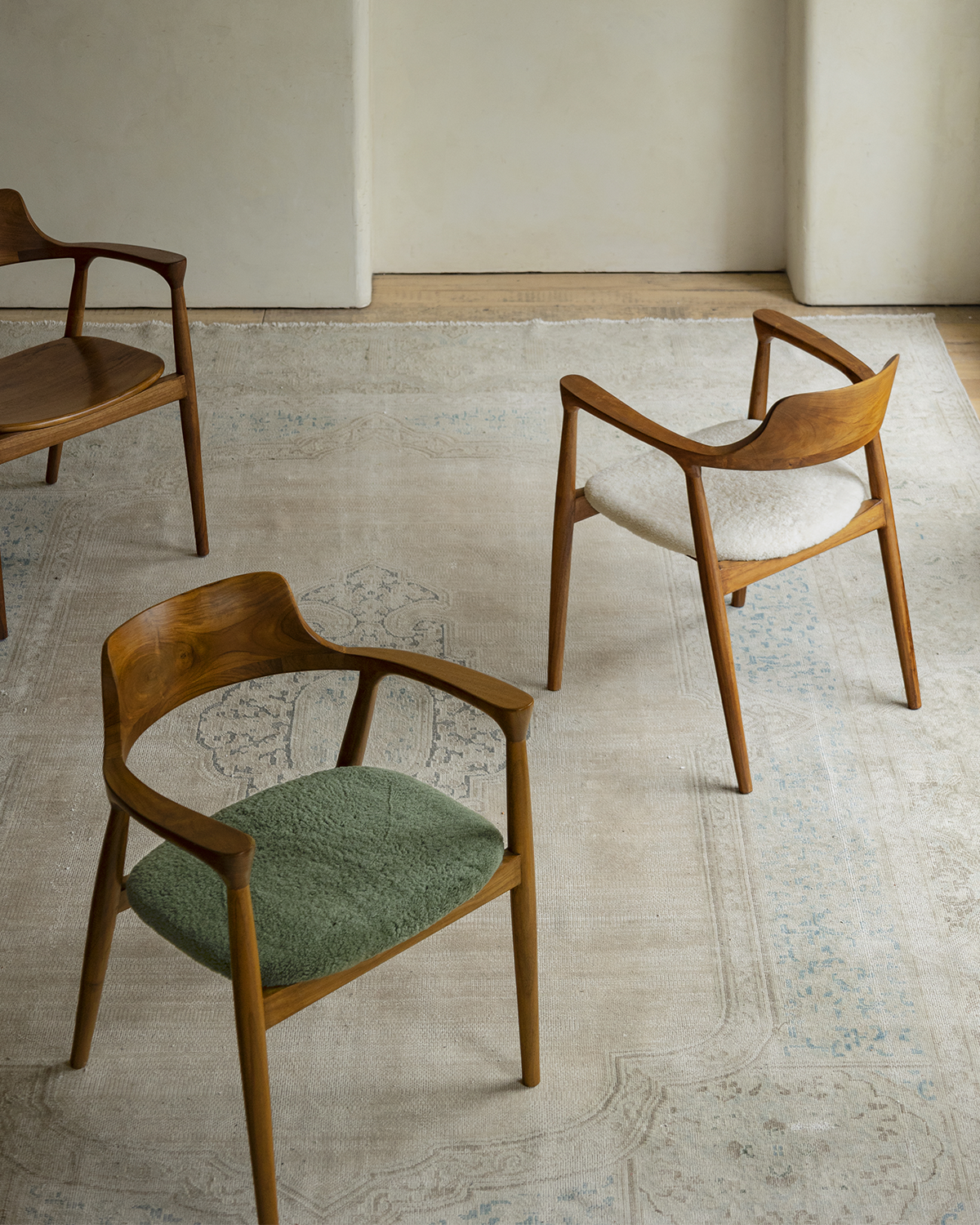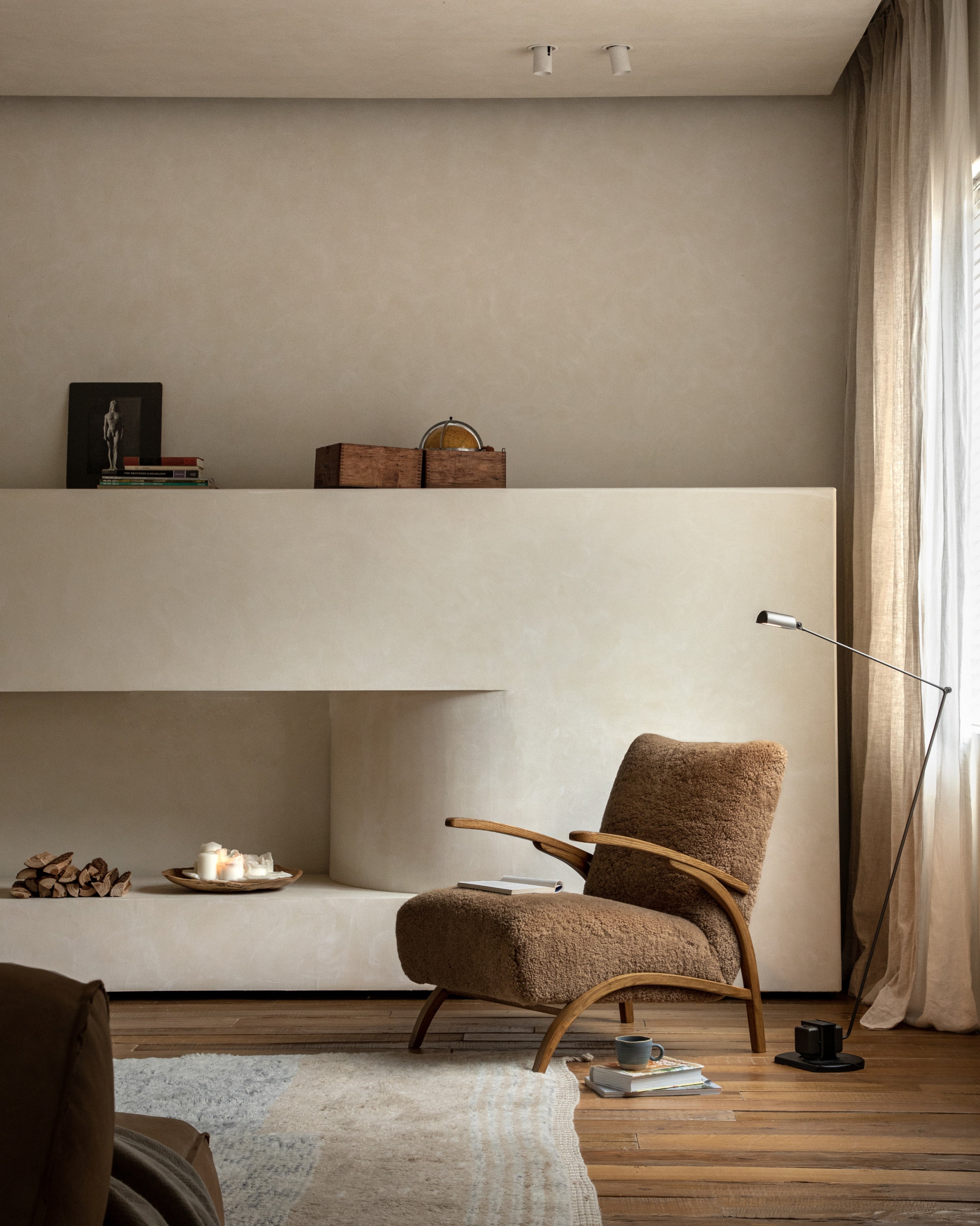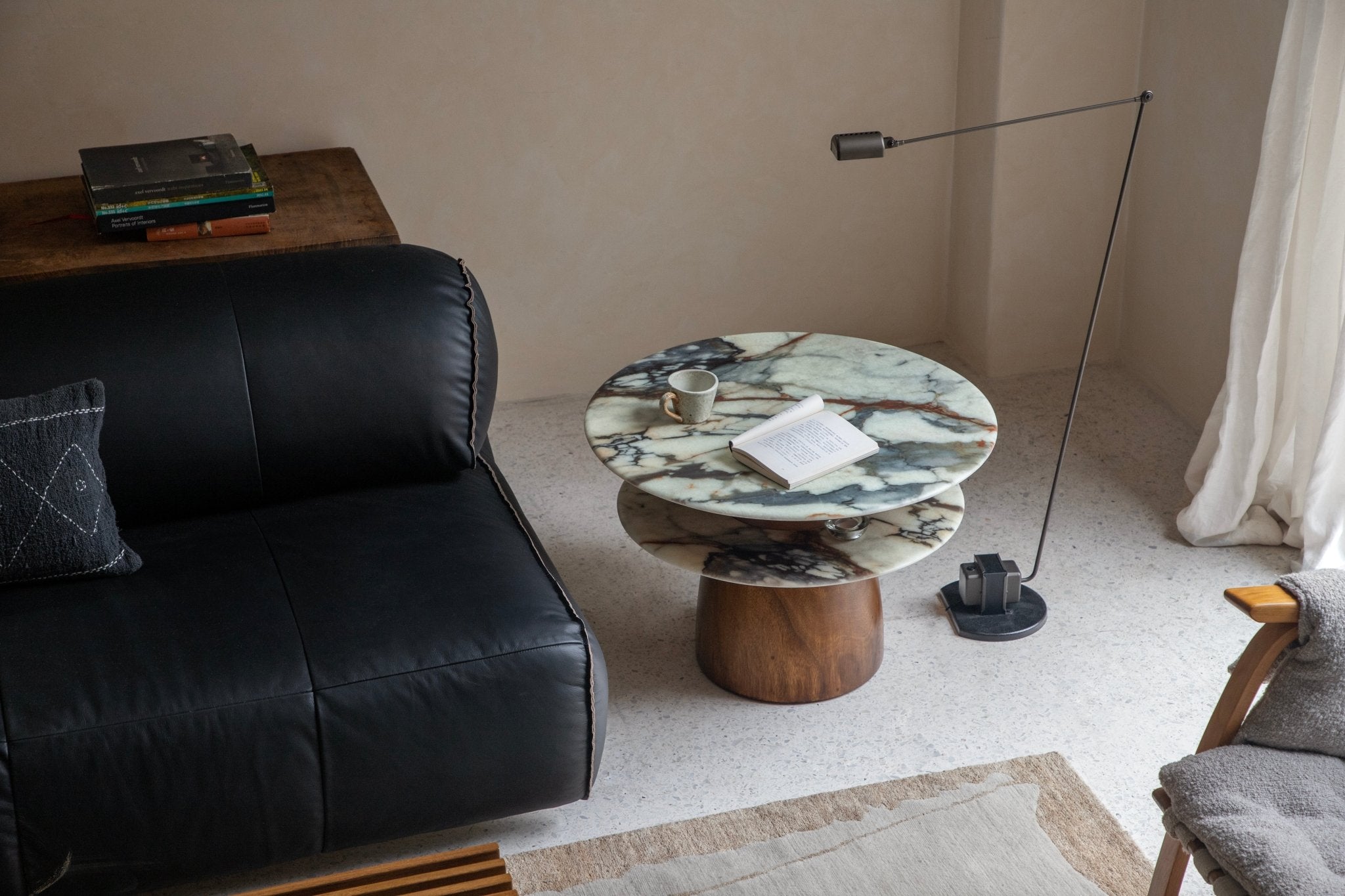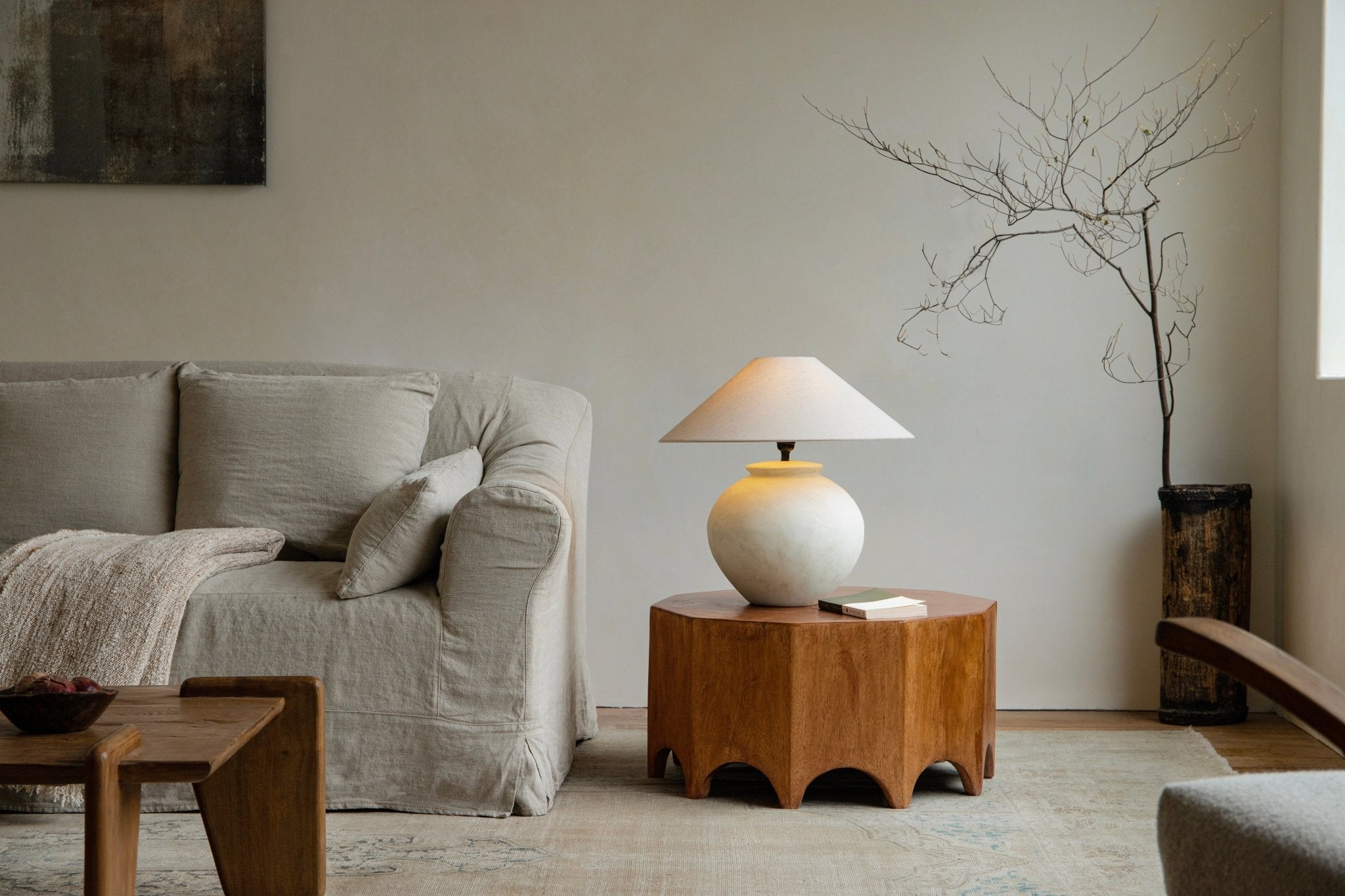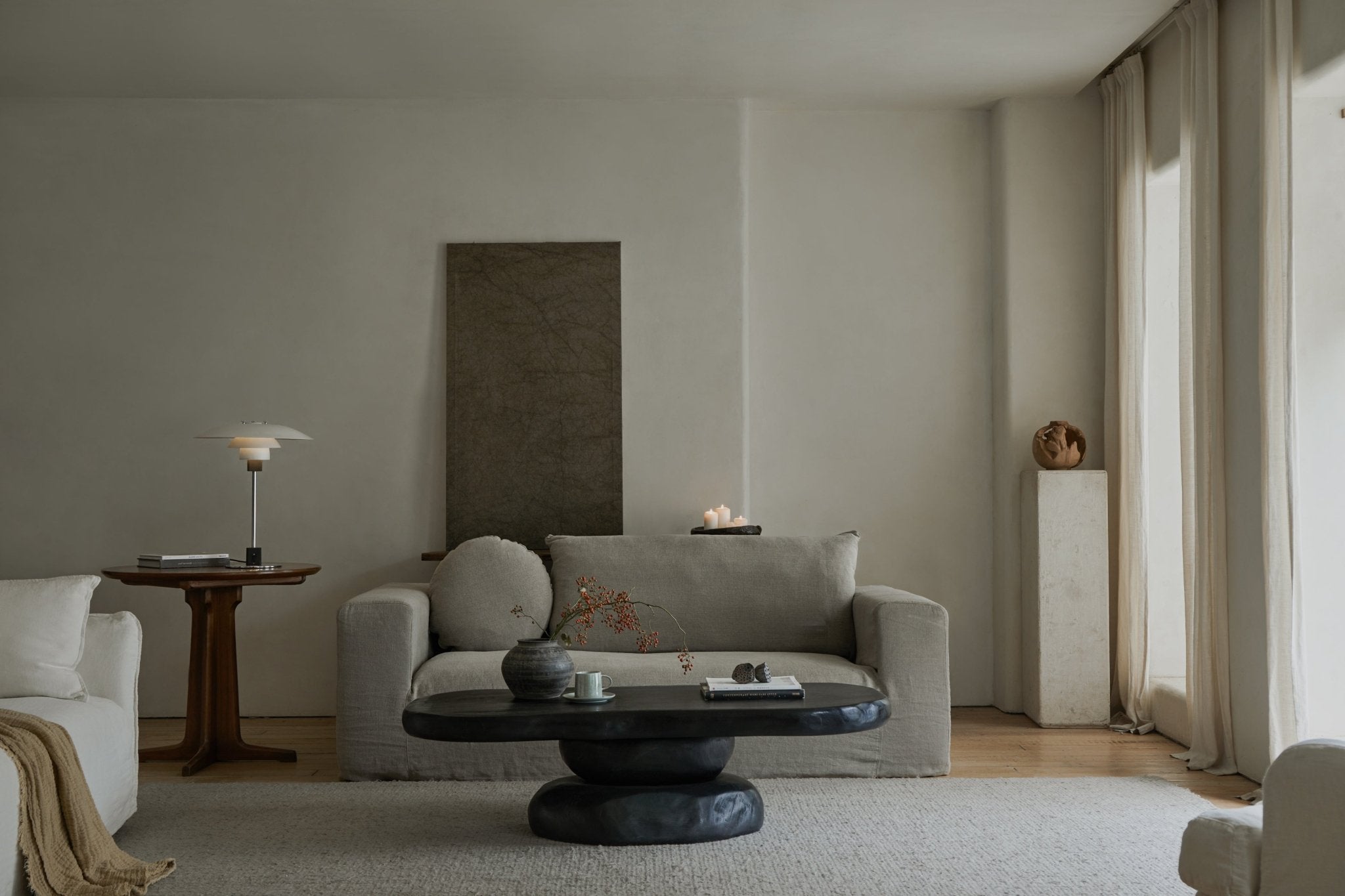
Console Table vs. Coffee Table: Key Differences You Need to Know
| Feature | Console Table | Coffee Table |
| Height | 28–36 inches (counter height) | 16–18 inches (seat height) |
| Depth | Shallow (typically 12–15 inches) | Deeper (more surface area, varies by shape) |
| Placement | Against walls, behind sofas, in hallways or entryways | In front of sofas or seating areas |
| Primary Function | Decorative, display, or light storage | Functional, everyday use for drinks, remotes, books, etc. |
| Usage Style | Used while standing | Used while seated |
| Design Role | Accent or supporting piece | Centerpiece or focal point |
| Common Shapes | Rectangular, narrow | Rectangular, square, round, or oval |
| Best For | Entryways, hallways, behind sofas, small empty walls | Living rooms, lounges, family rooms |
Picking the right table can change how a room feels and works. Many people mix up console tables and coffee tables, but they each have their own spot in home setups. This piece breaks down what sets them apart, with tips to help you decide. If you're shopping for furniture that fits your style, read on for clear details on size, use, and more.
The Coffee Table: Your Living Room's Centerpiece
A coffee table is a low, sturdy table that sits in the middle of a seating area, usually right in front of a sofa. Its main job is to keep your drinks, remote controls, and magazines within easy reach while you relax. It also acts as a visual anchor, pulling your furniture together to create a central hub for conversation and daily life. You can find them in countless styles, from a minimalist modern coffee table to a cozy rattan coffee table, so there's a match for any decor.
Common Characteristics of a Coffee Table
- Low Height: Coffee tables are typically 16 to 20 inches tall, lining up with the height of your sofa's cushions. This makes it comfortable to grab things without standing up and keeps the table from blocking your view of the TV or the people across from you.
- Varied Shapes and Sizes: Rectangular and square coffee tables are classic choices that pair well with a sofa's straight lines. Round or oval coffee tables can soften a room's look and are safer for homes with small children because they lack sharp corners. For a balanced look, your table should be about two-thirds the length of your sofa.
- Functional Design with Storage: Many coffee tables are solid, functional pieces with built-in storage. A lower shelf is perfect for stacking books, while drawers can hide away clutter. Some even have a lift-top that opens up to a hidden compartment. Materials like reclaimed wood add rustic character, while durable teak is another popular choice. For a complete look, some people opt for coffee table sets, which might include matching end tables.

The Console Table: A Slim and Stylish Solution
A console table is a tall, narrow table that solves the problem of empty, narrow spaces. It's designed to sit against a wall or the back of a sofa, offering a surface for display and storage without getting in the way. Use it in an entryway as a spot for keys and mail, in a dining room as a small server, or in a hallway to hold a lamp and decor. Its slender shape is what makes it so useful in tight spots.
Common Characteristics of a Console Table
- Tall and Slender: Console tables are much taller than coffee tables, usually 28 to 32 inches high. This is about the same height as a desk, making it easy to use while standing. If you put one behind a sofa, it should be level with or just below the back cushions.
- Narrow and Rectangular: Most console tables are long, shallow rectangles. This shape lets them sit flat against a surface without sticking out into the room. Their narrow depth, typically 10 to 16 inches, helps keep walkways clear in busy areas like foyers.
- Decorative and Lightweight: While some have drawers, console tables are often more about looks than heavy storage. They usually have an open, airy feel that shows off their leg design. You can find styles from a bold, K-shaped console table to a classic antique look. For a more grounded feel, a reclaimed wood console table or a teak wood console table can introduce natural texture.
Coffee Table vs. Console Table: A Direct Comparison
With a clear picture of each table, comparing them side-by-side highlights their distinct roles. The right choice depends entirely on what you need the table to do and where it will live.
Difference 1: Function and Core Purpose
This is the most significant distinction. A coffee table is a central, interactive hub. It's part of the action, meant to be used by people who are sitting down. It supports social activities, from game nights to casual conversations over drinks. A console table, on the other hand, is a peripheral accent. It functions as a supporting piece along the edges of a room. Its purpose is more decorative and transitional—a place to display art or hold a lamp that illuminates a corner.

Difference 2: Placement in a Room
Their functions dictate their placement. A coffee table belongs in the middle of things. It's the centerpiece of a living room, positioned centrally within a group of sofas and chairs. A console table lives on the sidelines. Its home is against a wall in an entryway, a hallway, a dining room, or even a bedroom. A popular modern placement is directly behind a "floating" sofa (one not pushed against a wall) to define the space and provide a surface for lighting and decor.
Difference 3: Dimensions and Proportions
Their physical shapes are tailored to their jobs. A coffee table is low and deep, providing a generous surface area that's easy to reach from a seated position. A console table is tall and shallow, designed to offer a functional surface without creating an obstacle. If you tried to switch their roles, the problem would be obvious: a console table would be awkwardly high and narrow in front of a sofa, while a coffee table would be too low and deep to be useful in a narrow hallway.
Choosing Between a Console Table and a Coffee Table
Both of these tables can enhance your home, but the choice depends on your layout, lifestyle, and needs.
Use Case: Need a Table Behind the Sofa?
Go for a console table. It's the right height and shape to sit flush behind your couch. You can decorate it with lamps, photos, or even plants.
Use Case: Want a Table in Front of the Couch?
Go for a coffee table. It provides easy access to drinks, snacks, or reading material while you're sitting down.
Use Case: Decorating an Entryway?
A console table works best here. It can serve as a drop zone for keys and mail while also holding decorative accents.
Use Case: Limited Living Room Space?
Look into coffee table sets or a slatted coffee table with open storage to avoid visual clutter. Console tables could work too, depending on the seating arrangement.
Practical Styling Tips for Console Table and Coffee Table
Building on the basics, styling brings these tables to life. These ideas show how to make them fit your home while keeping things functional.
Styling Tips for a Console Table
- Look Up: Hang an arbor mirror or a piece of art on the wall above the table. This makes a hallway or entryway feel bigger and more complete.
- Mix High and Low: For a more interesting look, mix up the height of your decor. Try a tall lamp on one side and a short stack of books on the other. You can use a rustic pedestal to give a clay pot or other object a little lift.
- Add Warmth: A vase with flowers or a few green branches can liven up the spot. A nice candle holder adds a cozy glow in the evening.
- Hide Clutter: Use the space underneath for storage. A rattan storage basket is perfect for hiding shoes, bags, or extra blankets.
Styling Tips for a Coffee Table
- Use a Tray: A wooden platter or a decorative tea tray is a great way to group smaller items like remotes and coasters so the tabletop doesn't look messy.
- Create a Centerpiece: Arrange a few of your favorite things in the middle, like a stack of colorful books, a small sculpture, or a clay pot with a plant.
- Balance is Key: Instead of piling everything in the center, try grouping items in threes. This simple trick makes the arrangement look more balanced.
- Show Your Personality: This is a great spot for personal touches. Add a favorite candle, a souvenir from a trip, or a bowl filled with interesting objects.
Choosing Between a Console Table and a Coffee Table
So, do you need a landing strip by the door or a hub for your living room? A console table is your answer for those slim spaces against a wall, perfect for a lamp and your keys. A coffee table is for the heart of the room, keeping your books and coffee mug within arm's reach. The right choice is the one that fits how you actually live.

3 FAQs About Console and Coffee Tables
Q1: Can I use a console table as a TV stand?
A: Yes, this can work well, especially in a bedroom or a small living room where a big TV stand would take up too much space. Just check two things first: depth and weight. Make sure the table is deep enough for the TV's base to sit on it securely without wobbling. You should also check the table's weight limit to be sure it can safely hold your TV.
Q2: Can I use a low, narrow bench as a coffee table?
A: Yes, that's a popular and creative idea. A low bench can work just like a coffee table but brings a unique rustic or minimalist style to a room. It's an especially good option for smaller spaces because its slender shape can feel less bulky than a typical coffee table.
Q3: What is the best way to choose the right size coffee table?
A: Getting the size right is key. Here's a simple rule: your coffee table should be about two-thirds the length of your sofa. As for height, it should be about the same height as your sofa's seat cushions—give or take an inch or two. This will make the space look balanced and feel comfortable when you're reaching for something.
